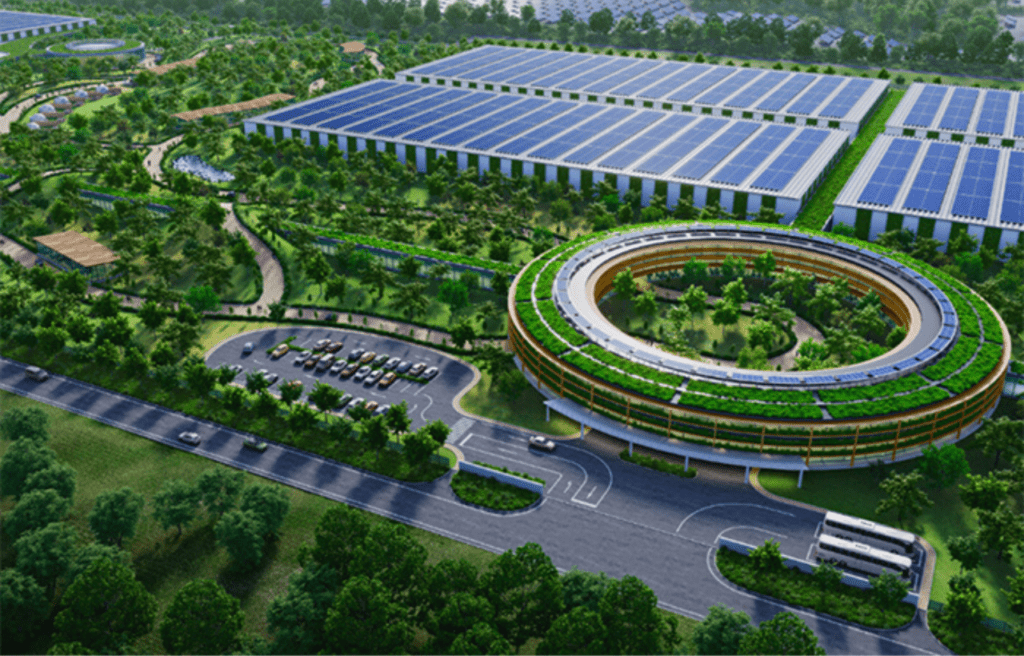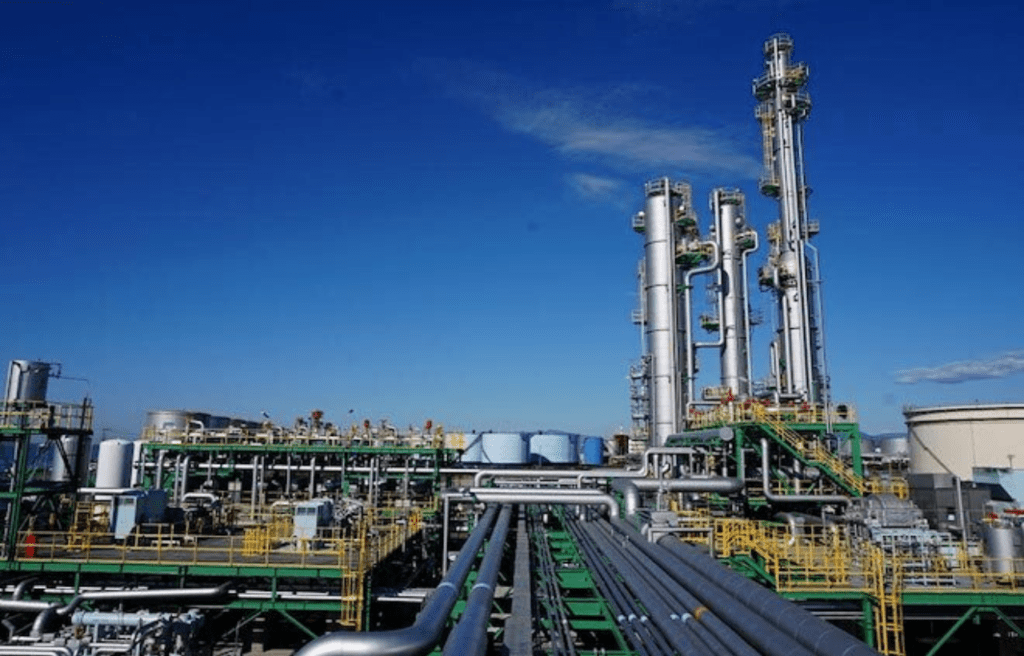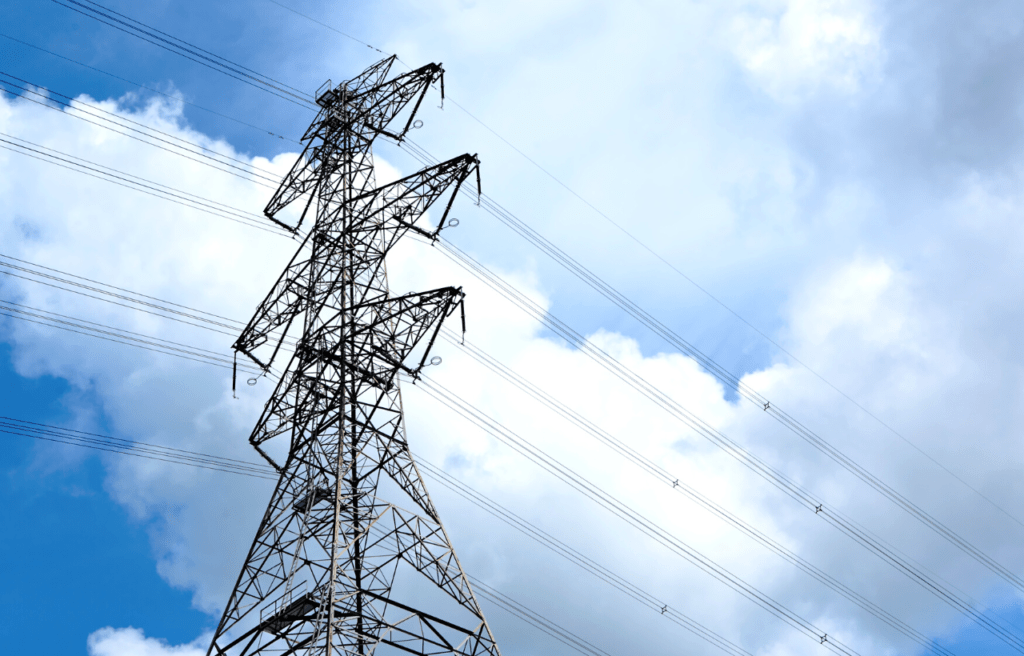The year-end is fast approaching, and the Japanese government is lining up new subcommittees and working groups to be launched in the new year, focusing on policies and guidelines for new technology and regulation in the Japanese power market. In addition, the Cabinet Office’s GX Working Group has been meeting regularly to decide on the details of how to spend its JPY150trillion budget across various industries.
In this month’s newsletter, we share the latest on data center subsidies, METI’s policy proposals for Japan’s carbon capture and storage strategy, and progress on the interconnection line expansion between the Eastern and Central Western regions of Japan.
Softbank receives JPY30billion subsidy for data center in Hokkaido
METI said it will provide up to JPY30billion to help fund the construction of Softbank’s new data center (DC) in Tomakomai City, Hokkaido. The subsidy comes from one of METI’s promotion programs for DCs across Japan and will cover nearly half of the total project cost, which is expected to exceed JPY65billion.
With the help of the subsidy, SoftBank will build “Core Brain,” a data center with a capacity of 50MW by 2026. The company plans to expand the facility to 300MW in the future, making it one of the largest in Japan. All the data center’s electricity will come from renewable energy sources supplied by Hokkaido Electric Power and SoftBank’s own subsidiary, SB Power.
This month also saw Singaporean property investor SC Capital Partners announce its plan to build two data centers in Japan, with a combined power requirement of 50MW. They will be located in Osaka, and come onstream in 2027. More investment is expected to flow into the sector as generative AI becomes mainstream in Japan.
METI formulates proposal for CCS Project Act
Carbon capture and storage (CCS) is one of the critical ingredients for Japan to reach its net-zero target by 2050. On November 6, METI held an expert working group to formulate a proposal for the CCS Project Act, which the ministry hopes to bring to the regular Diet session next year.
The proposal will likely consist of four pillars:
- Targets: The government aims to establish a smoothly operating CCS market by 2030. The ultimate goal is to capture and store between 120~240 million tons of CO2 per year by 2050.
- Public investments: The government will invest JPY4trillion over the next 10 years to develop technologies for CO2 capture, transport, storage, and utilization/recycling. This will be complemented by subsidies from the Japan Organization for Metals and Energy Security (JOGMEC).
- Rules and regulations: METI hopes to have the CCS Project Act passed and implemented as soon as possible, incorporating rules for advanced and low-cost technologies, as well as a regulatory environment for thermal power generation fitted with CCS. Getting the systems for incentives and carbon credits into place is also key.
- International strategy: The government is already working to export Japan’s CCS technology throughout Asia, the Quad countries (Australia, India, Japan and the US), and the Middle East. Japan will be looking to establish a credit system that can form the basis of a standardized international carbon market.
Developing a CCS market is likely to affect many existing rules across various sectors. Depending on the timing and sequencing of rulemaking and implementation, there is a risk that CCS regulations and incentives could be disruptive across the Japanese economy and those of its trading partners.
The discussion points in this latest expert group meeting were clearly laid out, which is an encouraging start. Shulman Advisory will closely monitor how this discussion unfolds over the next several months and whether the government can successfully address each of the major issues on the horizon.
East-West interconnection reinforcement plans could be finalized by 2030
The Organization for Cross-regional Coordination of Transmission Operators (OCCTO) announced that it will summarize its plans for reinforcing interconnection lines between the Eastern and Central-Western regions in 2024. The Eastern region of Japan covers Hokkaido, Tohoku and Tokyo, and the Central-Western region the rest of Honshu. The Kanku Interconnection Line currently links the two regions.
If conditions are met, OCCTO may permit the construction of a second interconnection line by the second half of 2030, ahead of previous projections. OCCTO has nearly completed the seabed survey for this route between Hokkaido and Niigata. It is now narrowing down possible sites for landing points where undersea cables would reach the shore. If site selection and the environmental impact assessment can be accelerated, construction could begin as early as October to December 2030.
Thank you for reading. If you’ve found this content engaging, we encourage you to consider subscribing to our free newsletter on our website.



